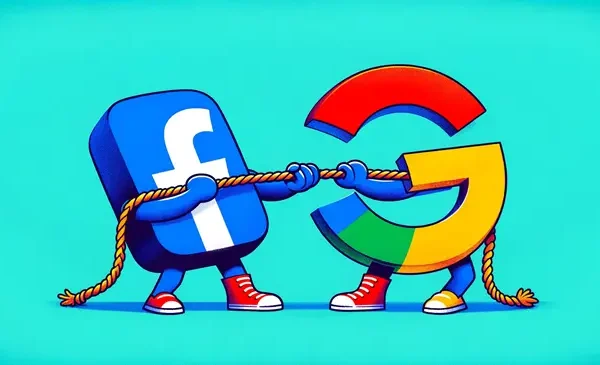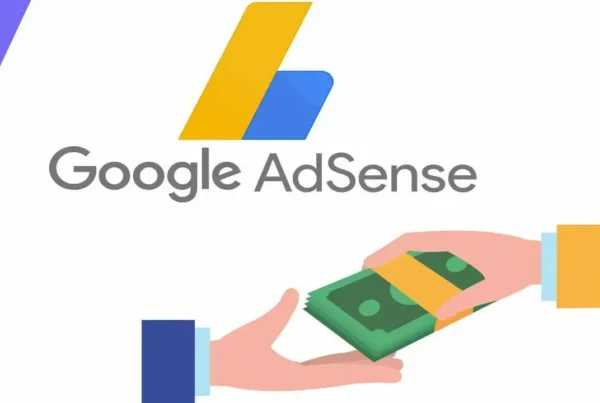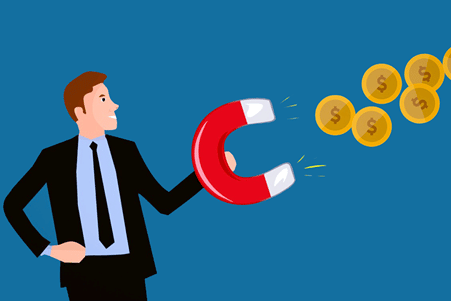Even though the word engagement does not have a literal translation into Spanish, this concept is one of the most used in the digital world. Defining it is very easy because it is about the degree of involvement that a person has with a brand, for example.
In short, engagement defines how involved people are with our company, for example, how much they visit our website, interact on social networks, etc.
To improve your engagement, here we will leave you 7 design tips developed by psychologists that will help you improve it.
7 Psychology Tips in Design to Gain Engagement
One of the reasons why engagement is so widely used is that the higher the percentage of this concept, the more likely you are to convert your audience into customers. At the same time, you can be on your way to becoming a mythical Love Brand with fans instead of followers.
At the same time, engagement is a widely used strategy on sites, as it helps sales funnels to be more efficient. In social networks, engagement at the same time is vital, since this metric is related to others such as positioning, interactions and more.
1) Colors and their relationship with emotions
There is a very popular theory in the world of graphic design called "The psychology of color." This theory postulates that colors have effects on our emotions and can even cause certain influences on our behavior.
For example: The color red and yellow can cause hunger, as well as can generate emotions such as anger or aggressiveness.
On the other hand, the color white, blue or green are relaxing, so they are often used in hospitals to calm us down, as well as create feelings of cleanliness.
2) Typography at the same time has a lot to do with it
Even though we might all think that the typeface or font of a text is irrelevant, you should know that this is not really the case. There are fonts that are easy to read and others that become a visual cancer.
Choosing a font that is easy to read, natural, stylized and smooth will make our followers feel happier and more comfortable reading our texts.
3) Symmetry according to Gestalt
The Gestalt school is one of the most important in psychology. This school states that people like order and symmetry, since we look based on patterns, shapes and even proportions.
In graphic design we can verify this concept, since if we add 6 keys like these {} we will not be seeing 6 keys but 3 pairs.
This can affect the way your logo is interpreted, for example. If you want to take advantage of symmetry, click here for online logo design services.
4) Hack the brain
Provoke gut reactions or take advantage of natural phenomena of the brain such as the "so-called impression" that we generate when we see something for the first time. It can be a good way to effectively improve engagement using mechanisms studied by experts in psychology.
Hacking the brain is something that brands like Airbnb have already done. We can see this, for example, on their covers of different cities focused on their destinations.
Here, a very beautiful photograph is used, with great quality and aesthetics in order to generate a good impression on the mind, in this way, users relate the destination with Airbnb, for example, Airbnb = New York.
5) Hick's Law
The Hick's Law It is one of the most surprising and at the same time most revealing in graphic design. This law states that the fewer options a user has, the easier it will be to select and the greater the chances of taking an action.
This was verified with a jam experiment in which, when the options were reduced from 24 to just 6 jams, sales skyrocketed 10 times.
For example: This can be applied by reducing the number of options on your website making decisions faster and simpler.
6) Connect with the user
As we have already told you in other posts, a brand that only sells and reflects a bureaucratic corporate image will not connect with the user, since it will be seen as a gray and soulless entity.
On the other hand, using emotions, colors and elements when designing a web page, a logo or a post for social networks, will help your brand have personality and soul. This will allow users to connect with you, thus improving engagement.
7) Use emotional triggers
(* 7 *) Emotional triggers are like little sparks that make our emotions explode.
(*7*)
For example: If you are watching a video about a mother and her daughter, suddenly the mother dies, this is an emotional trigger which will make you feel sad and even bring a tear to your eyes.
In graphic design, we can use emotional triggers in images, in graphic design and even in a subtle way taking advantage of words, fonts and colors.
If you are interested in learning more about emotional triggers, you should know which are the emotional triggers that encourage us to buy.
Examples of success
Today, we can find a large number of cases where psychology has allowed to improve design results, as well as increase engagement through the creation of visual content. This, both in the form of images and in editing multimedia content.
At Esfera Creativa we can find a large number of success stories in the use of psychology to improve engagement, thus taking advantage of the design and giving you better results.
At the same time, these tips apply to all types of businesses, regardless of their turn, if they are food, if they are fashion stores, etc.






